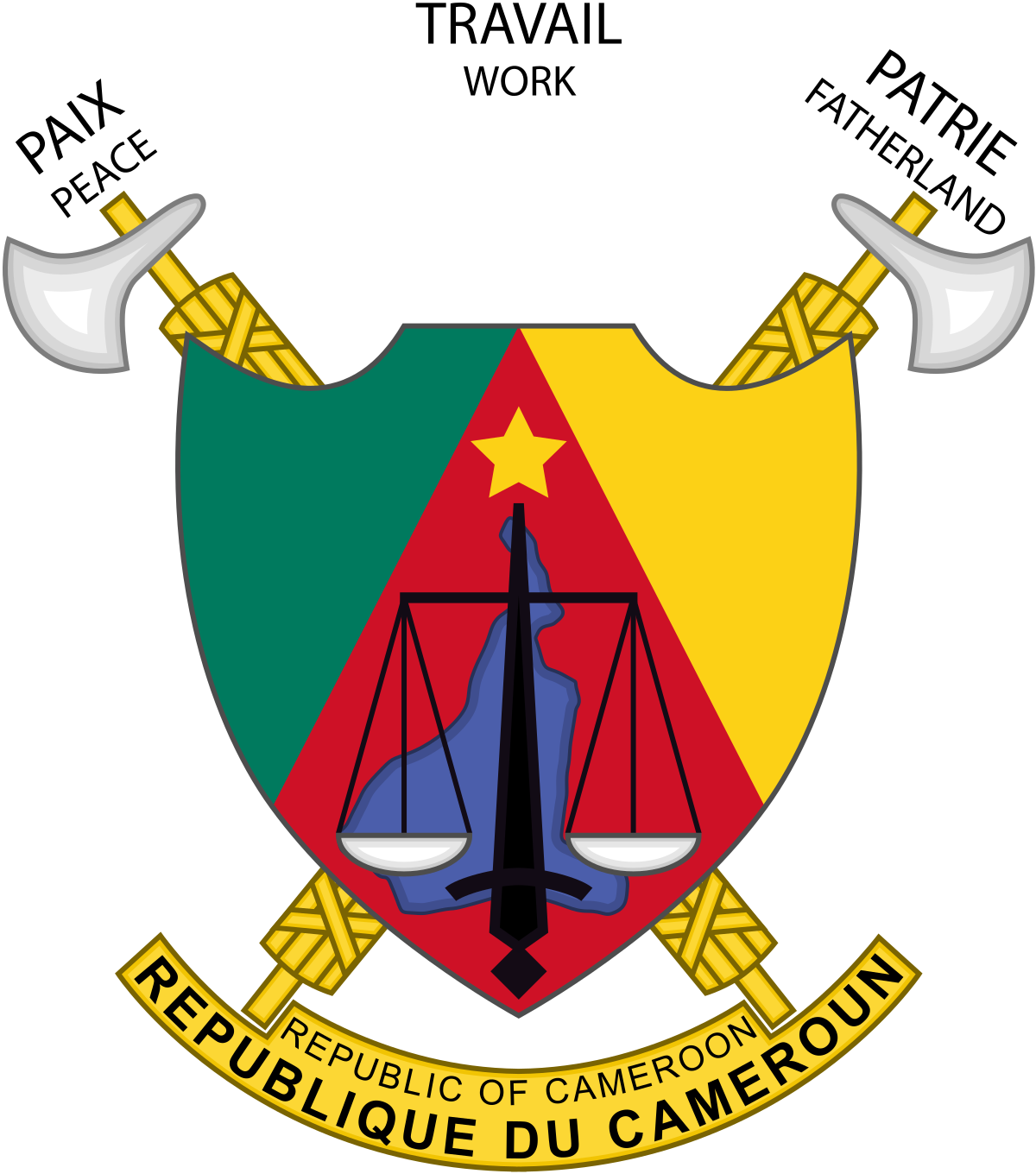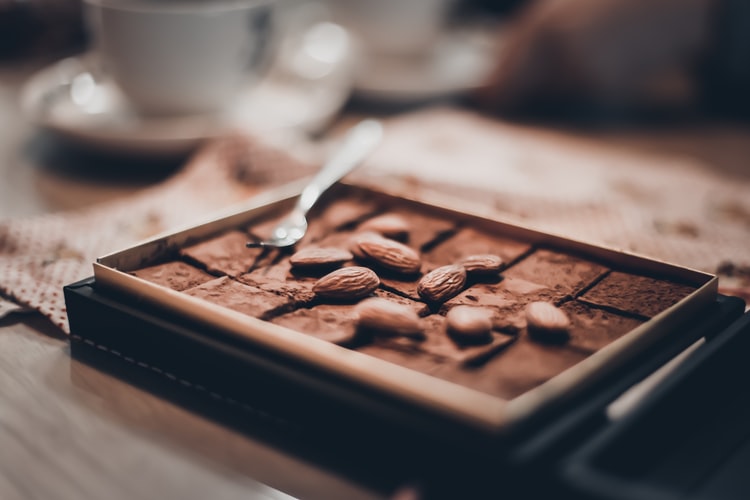Virtues of Cocoa
The following information is based on a condensed analysis from an ICCO publication titled ‘Chocolate and cocoa: Health and Nutrition’ and, publications of Biscuit Cake Chocolate and Confectionery Association (BCCCA).
- In order to determine the health and nutritional values in the physical content of cocoa and chocolate, it is imperative to distinguish between cocoa beans, cocoa derivatives from semi finished products (cocoa paste, cocoa powder and cocoa butter) and chocolate, since, some intrinsic properties of cocoa and chocolate appear and disappear during processing and chocolate making.
- Cocoa is a food of crops containing carbohydrate, lipid, protein, natural minerals and vitamins. It contains a group of virtues, necessary for the human health, even if they can be modified through fermentation and processing of beans.
- One group of these compounds is called flavonoids. There is a growing body of evidence about the health benefits of cocoa flavonoids. Studies have proven the cardiovascular benefits of cocoa. Flavonoids are powerful antioxidants believed to help the body’s cells resist damages and reducing certain types of cancer.
- Cocoa present in chocolate is an important source of many essential minerals such as; magnesium, copper, potassium, manganese, sodium, calcium, iron, phosphorus and zinc- which play important roles in the physiology of the human body.
- Cocoa contains vitamins E and B complex (thiamin, riboflavin and niacin)
- Cocoa Beans and paste contain approximately 50 % of fats. Fats from cocoa butter contain vitamin A and E.
- Milk found in chocolate-milk also gives vitamins, particularly, riboflavin and vitamin B12.
- Chocolate is a source of energy. The energy- value of chocolate milk is around 2000kj or 500 kcal for 100g. When consumed with moderation, It can a gateway for a healthy feeding.
- Cocoa and chocolate contain a substantial proportion of an active biological component called methylxanthins, which includes theobromin, caffeine and theophyllin. These components are at centre of physiological activities ranging from central nervous system stimulation, through muscular relaxation to the stimulation of the cardiac muscles.
Source: ICCO


